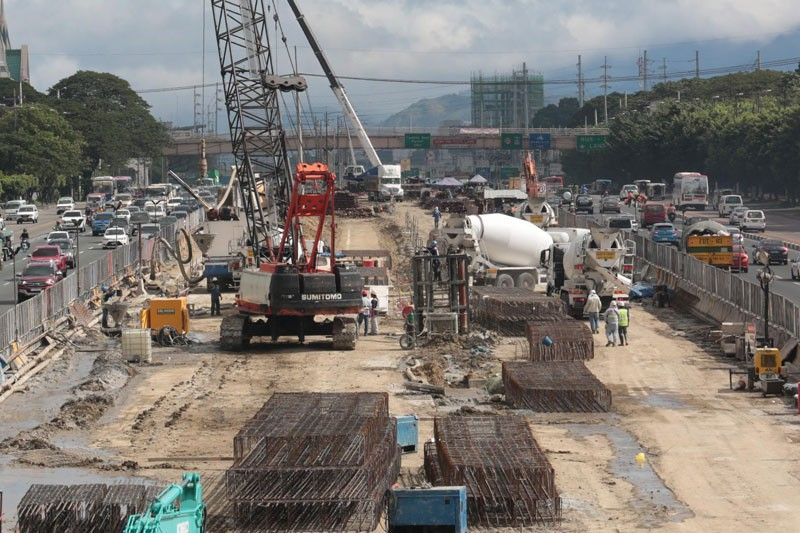Analysis: Bridging infrastructure and inclusiveness

(Originally published on April 13, 2018) Over the last decade, the Philippine economy has maintained steady growth, but such growth had not been inclusive.
Thus, to carry out President Rodrigo Duterte’s socio-economic agenda, among the reforms is the acceleration of infrastructure development that could yield robust growth across all sectors, create job opportunities and consequently uplift the lives of Filipinos.
Financing inclusive infrastructure
To achieve what has been dubbed as Philippines’ “golden age of infrastructure,” several financing options have been advanced. In a Special Study authored by the Director of the Ateneo Center for Economic Research and Development, Dr. Alvin Ang, published by Stratbase ADR Institute, an overview of projects financed via Private-Public Partnerships and Official Development Assistance was presented.
These financing schemes do not preclude public funding, which has made the recent passage of Republic Act No. 10963, or the Tax Reform for Acceleration and Inclusion (TRAIN) Law critical.
Weighing the pros and cons of each financing scheme, the study concludes an optimal financing mix would vary on a case by case basis and has to be considered early on, perhaps as early as during the project development stage.
Generally, while the sustainability of financing remains to be a concern, the bigger challenge lies in the implementation and execution of the program, which in many cases has led to massive delays.
The delays caused by these challenges are not trivial. They translate to wasted money on the part of the government.
Aekapol Chongvilaivan, Asian Development Bank’s economist for the Philippines, whether or not infrastructure projects advance through as planned, the Philippines incurs commitment charges, under an ODA financing scheme.
Meeting the real challenges
For her part, Usec. Karen Jimeno of the Department of Public Works and Highways pointed out the perennial problems with respect to the implemention of infrastructure programs include the lack of absorptive capacity.
While DPWH is in a better position than other agencies, as it has a deeper “institutional memory,” there are still other factors that could affect the agency’s absorptive capacity, such as the recent directive from the Labor Department against the hiring of contractual workers by December 2018 and the restriction against foreign contractors from participating in infrastructure projects. The other problems include right of way issues and leakages due to corruption.
Economist Epictetus Patalinghug, Chairman of the Foundation for Economic Freedom Romy Bernardo and ADR Institute Trustee, echoed Usec. Jimeno’s observation by pointing out that the government must address institutional weaknesses.
Bernardo applauded the steps taken the by the current administration to address such weaknesses. Notably, the government has asked ADB for a fund facility for the preparation of feasibility studies, project design and procurement. This step, however, does not ultimately solve the enduring institutional weakness of our agencies.
These challenges, while exceptionally complex and potentially gained into the political culture, need to be addressed by the government. The nagging question though is whether the government has the political will to do so.
What’s next?
There is no question that infrastructure developments would result in positive growth. It’s another matter, however, if whether such growth would translate to poverty reduction.
In theory, infrastructure development could improve business climate, thereby bring about job creation and employment opportunities. However, there seems to be a gap between infrastructure development and poverty reduction.
For instance, most of the infrastructure projects are slated in NCR, Central Luzon and Calabarzon, while only a few are lined up in far-flung regions. In order for growth to be inclusive, more infrastructure investments in other regions should likewise be considered.
On that note, to achieve a truly inclusive infrastructure, the government should not only be able to address the perennial challenges on the implementation of infrastructure programs but also bridge and fill in the gap between infrastructure development and poverty reduction.
Measurement of success cannot be based on the number of projects launched. A better metric should be based on the commercial attractiveness, feasibility, and economic benefits of these project.
—
Atty. Katrina Clemente-Lua is executive director at independent think tank Stratbase ADR Institute.
- Latest





























